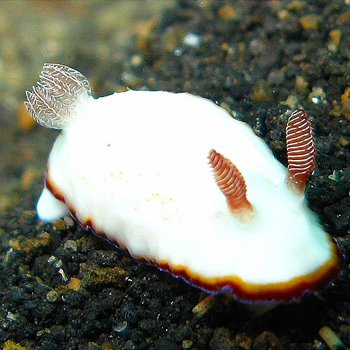Question #f6c35
1 Answer
A) Cathode, Hydrogen gas evolution. Anode, Oxygen Gas evolution
B) The volume of gas is doubled for
C) If
Explanation:
Explination
A) At the Cathode -) the reaction for water decomposition occurs as:
At the Anode (+) we see:
Based on these reactions we can see that the reduction of water (gain of electrons) induces hydrogen evolution and the oxidation of hydroxide ions (Loss of electrons) causes the evolution of oxygen gas.
B) When these half-reactions are combined we get an overall reaction of;
This reaction demonstrates the relationship for the question by showing us 2 moles of hydrogen gas are produced for every 1 mole of oxygen gas. Therefore, we have double the gas volume generated at the cathode.
C)
Without an electrolyte, the voltage is not felt through the entire system allowing for the reaction to occur on both electrodes.
However,
If we increase voltage (A large sum) for example up to 60.0V, This voltage is sufficient to overcome any ohmic drops from the system allowing for hydrolysis to occur even in pure water.

